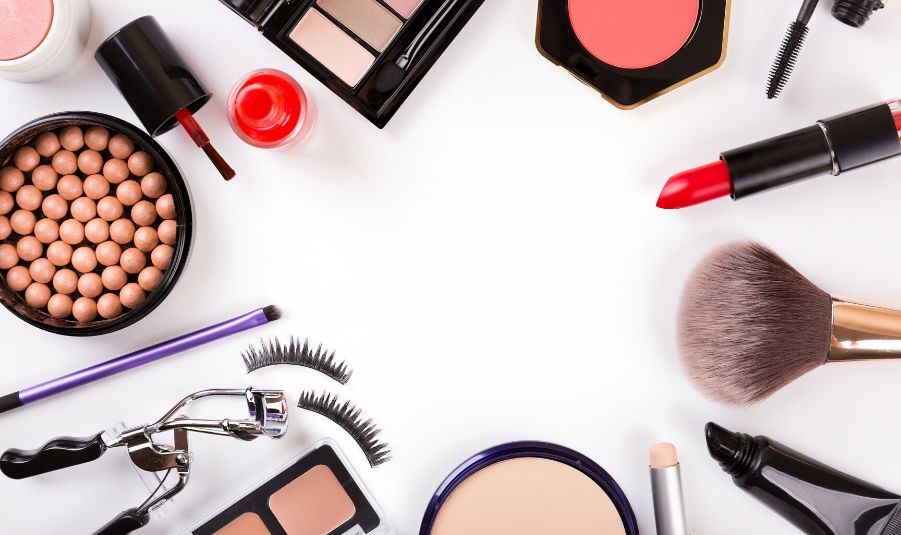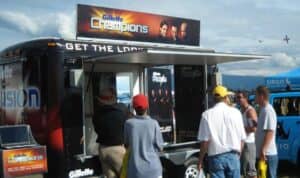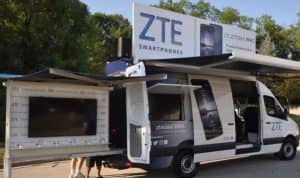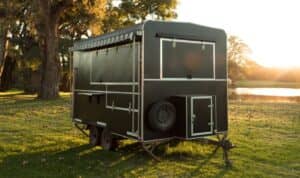The beauty industry has grown more and more experimental as the years press on. Thanks in part to YouTube creators and Instagram influencers, people everywhere are beginning to think outside the box when it comes to beauty. As a result, many companies in the beauty industry have shifted their focus to become more about the overall experience of makeup rather than just the final result. The beauty industry has therefore seen a surge in experiential marketing, often to monumental success. Of the many industries that use experiential marketing, the beauty industry is now one of the most prominent. Experiential marketing is used in several different capacities throughout the beauty industry, as this brief guide explores.
Pop-up boutiques
Pop-up boutiques are one of the most unique ways that experiential marketing is used in the beauty industry. Salons and boutiques are generally used in this manner to display a new product line or advertise for a new beauty company. At these installations, consumers are able to stop in and sample the services or products of the beauty company, whether in the form of a facial, manicure, or hair treatment. These services may be offered at a discounted rate in order to increase traffic to their event. Pop-up boutiques are not only a great way to get consumers interested in your brand and eager to try more of your services, but they can also be a great opportunity to engage in face-to-face marketing with your consumers. These pop-up boutiques offer a more intimate setting in which customers can sample the business’s services and ask questions regarding the company as a whole. These positive customer interactions help increase overall satisfaction and improve the likelihood that the customer will revisit the company in the future.
Product launches
In an industry that’s all about glitz and glamour, product launches are very important. Consumers often want to sample the product before purchase, as products can often look quite different in the bottle than on the skin. In this respect, experiential trailers and displays are instrumental. Providing consumers the opportunity to sample products increases the likelihood that they will eventually purchase the product in full. Providing samples or demonstrations is especially important for products that are new on the market. Consumers often have no idea what to expect and no basis for comparison of such products. Allowing them the opportunity to sample and experiment with the product prior to purchase enables them to form a more complete impression of the product and how it will work in their current beauty routine.
Embracing the experience
Of the industries that use experiential marketing, the beauty industry is the most likely to go all-out with their displays. Experiential events in the beauty industry are as much about fun as they are about function. As a result, the events are often adorned with bright colors, inviting experiences, and lots of photo ops. Incorporating a photo wall or booth into the design of an experiential display is very popular, as it allows the consumers to easily share with their friends photos of the looks they’ve created at the event. Many beauty brands also invite popular social media influencers to their experiential events. These individuals are encouraged to share videos and photos of their experience at the event with their many social media followers, which in turn acts as a bit of free publicity and advertisement for the brand’s products.




